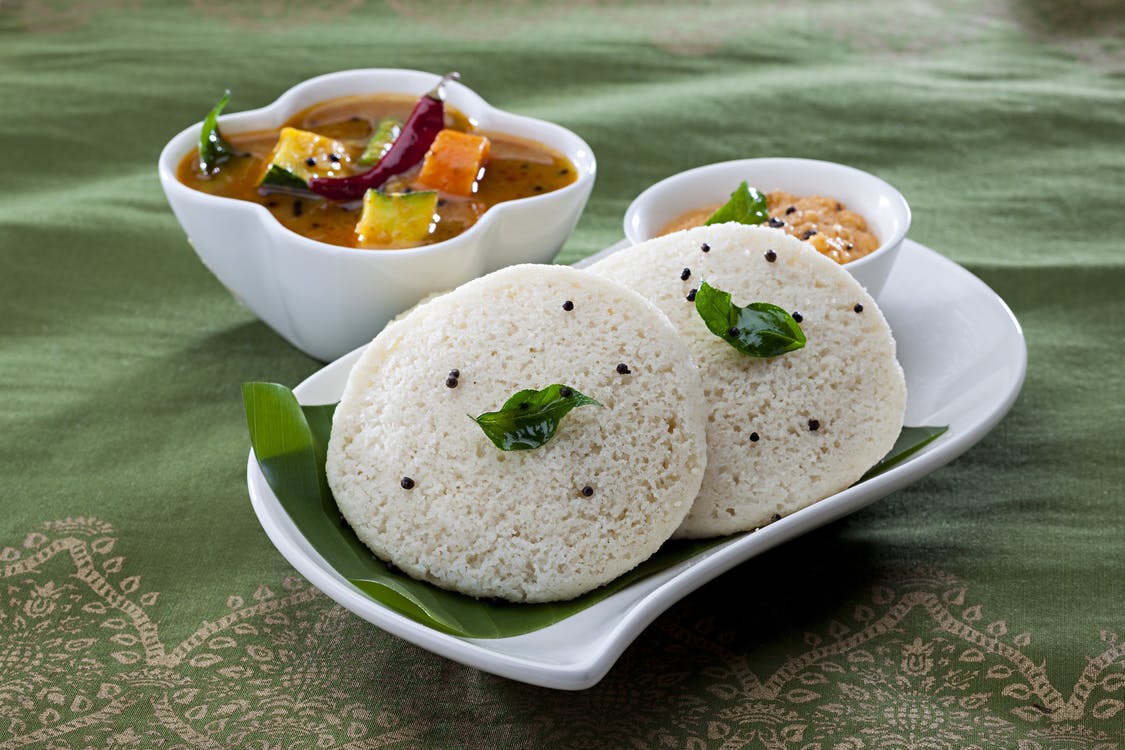Diabetes is a condition where the body cannot regulate insulin levels leading to organ failure and damage of tissues. According to an Indian Council of Medical Research report, diabetes has become India’s fastest growing conditions over 16 years till the year 2016. Of all the people living with diabetes in the world, 49 percent live in India. In 2017, the number of diabetics was an estimated 72 million which is unfortunately expected to almost double to 134 million by 2025.
Recently, a friend of mine was diagnosed with Type-II diabetes. With many questions in her head, she went online and searched for some answers. As is the case with most of us, the information on the web is so extensive it can be difficult to get the right answers to allay our worries.
In this article we speak to Dr Archana Batra, Dietitian & Certified Diabetes Educator (Archana Batra’s Diet Clinic), who answers some of those questions.
Check out these healthy and tasty diabetic-care products that control blood sugar levels.
1. Can a diabetic eat fruits, especially mango and chickoo (sapodilla)?
Dr Batra says, “Yes, one can have fruits. Fruits like mango, litchi, banana, chickoo, and grapes should be taken in moderation. By moderation, what we mean is that when you want to have fruits like mango, you have to keep in mind the portion size.”
If you are consuming a mango, then have a slice. Similarly, if it’s a banana you are eating then one small banana or half big banana is a good quantity.
She goes on to say, “Not only this, one should also take care of the timings. So, for example, consuming mango after a meal is not advisable as it would amount to consuming too many carbs in one go. This, in turn, can lead to a spike in sugar levels.”
2. Do I have to stop having rice? What about idli and dosa?

To this Dr Batra replies with an emphatic “NO.” She goes on, “You do not need to stop consuming anything, and again, the key is moderation. Rice can be consumed just like wheat and other grains. It’s just that the glycaemic index of rice is high, therefore one must have it with some protein like dal to lower the glycaemic load.”
Dosa and idli, made of rice and dal batter can be consumed. You could substitute this for the rice/roti that you would usually consume. One needs to learn the art of substitution and moderation to stay healthy, she says. What’s even better is trying multigrain dosa, made of millets like ragi /jowar etc.) as millets have a lower glycaemic index.
3. Should I stay far away from alcohol?
Dr Batra says, “An occasional drink or two is absolutely fine. We ask our patients to refrain from consuming beer since it is loaded with calories. When consuming alcohol, one should also take care of becoming hypoglycemic, a condition that masks the liver and makes it difficult for it to secrete glucose from glycogen.”
Dr Batra advises patients with diabetes to always have a snack when they are consuming alcohol, especially those on insulin.
4. What sweets can I consume and how much?
“I would recommend that you consume milk-based sweets rather than ones made with maida (white flour) or are fried. So for example, a spongy rasgulla might be better than having a gulab jamun,” says Dr Batra.
Dr Batra also says that even seasonal sweets like gajar halwa (carrot halwa) and rice kheer is allowed, in substitution with the main meals.
5. I am told that I should not have any root vegetable, is that correct?
“No,” begins Dr Batra. “While it’s true that root vegetables have more starch/carbs than the other non-starchy vegetables, this does not mean that you need to avoid them completely. You may cut down on other carbs if you really like them.”
For example, occasionally, you may consider having one chapatti with one katori (cup) aloo sabji/baked potatoes and vegetables instead of consuming two chapatti and vegetables.
“The key here is to keep a check on the serving size. Also, do note that sweet potatoes have a lower glycaemic index and are loaded with other nutrients too, therefore can be included in your diet. So, you can consume just baked sweet potatoes as a main meal. Do try avoiding these as snacks though.”
Also Read: Put Yourself First: 5 Health Tests That Every Indian Woman Should Get Done
(Edited by Saiqua Sultan)
Like this story? Or have something to share?
Write to us: contact@thebetterindia.com
Connect with us on Facebook and Twitter.
If you found our stories insightful, informative, or even just enjoyable, we invite you to consider making a voluntary payment to support the work we do at The Better India. Your contribution helps us continue producing quality content that educates, inspires, and drives positive change.
Choose one of the payment options below for your contribution-
By paying for the stories you value, you directly contribute to sustaining our efforts focused on making a difference in the world. Together, let's ensure that impactful stories continue to be told and shared, enriching lives and communities alike.
Thank you for your support. Here are some frequently asked questions you might find helpful to know why you are contributing?

